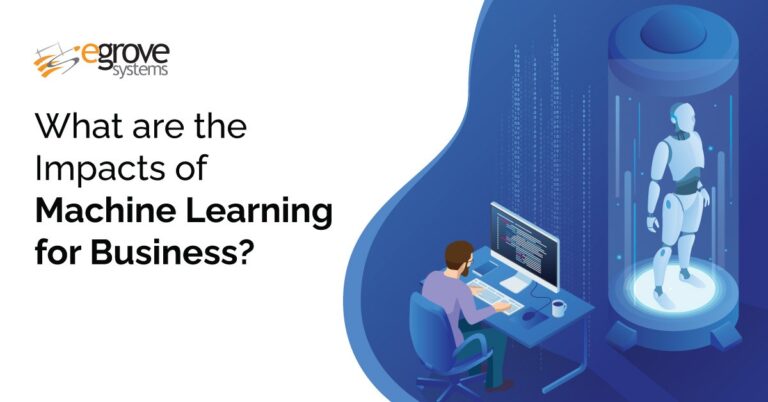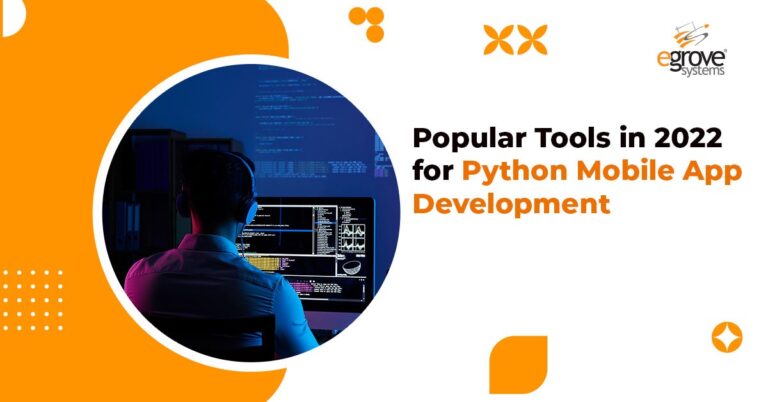Data is the fuel for the software industry. There is no denying that the adoption of data-driven methodologies, data science tools, and algorithms has largely contributed to the growth of the financial sector. Data science identifies patterns in the customer data and provides enriched results.
There is no denying that the adoption of data-driven methodologies, data science tools, and algorithms has largely contributed to the growth of the software sector. Data science uses advanced computational techniques that lead to strong strategies and decision-making.
Python:
Python is frequently used for creating software, commercial or enterprise-level applications, mobile apps, websites and games, web scraping programs, robots, sensors, and hardware, as well as to script automated tasks.
Python is widely regarded as the industry standard for several data science-related sectors. Building machine learning models for prediction, classification, and segmentation as well as more sophisticated deep learning models for website traffic forecasting, machine translation, speech to text, audio classification, image classification, object detection, and developing recommendation engines all heavily utilize Python.
Every new version of Microsoft’s source code editor for Linux, Mac, and Windows, Visual Studio Code (VS Code), adds and enhances several Python/data science-focused functions. As a result, VS Code is well-liked in the data science community and, according to a recent Kaggle study, is the second most popular IDE.
VS Code has a few appealing features, including:
1. Having the Terminal, Jupyter Notebook, and Python Module File (.py file) all open in the same window.
2. User-Friendly Interface
Greater IntelliSense
4. Widespread Assistance for Interactive Coding
5. Packages with Feature-Rich Extensions
6. Integration of version control with Git/GitHub.
7. User and project-level setting customization
Read also: How Python Integrates with other Technologies and Third-party Providers
Data science:
It is the process of combining math and statistics, specialized programming, sophisticated analytics, artificial intelligence (AI), and machine learning with a specific area of expertise to find hidden, useful insights in an organization’s data. The findings will aid in decision-making and strategic planning.
Analysts may obtain useful insights by using a variety of roles, tools, and procedures across the data science cycle. A data science project often goes through the following phases:
Data ingestion: The life cycle starts with the collection of raw, unstructured, and structured data from all pertinent sources using various techniques.
Data processing and storage: Depending on the type of data that needs to be gathered, businesses will take into account various storage systems. Data can have a variety of forms and structures.
Data Analysis: Here, data scientists perform exploratory data analysis to explore biases, patterns, ranges, and distributions of values ??in your data. This data analysis exploration drives hypothesis generation for a/b testing.
Communicate: Finally, insights are provided as reports and other data visualizations to assist business analysts and other policymakers in comprehending the insights (and their business implications).
Using Python and VS Code Together for Data Science: Python is the most popular programming language, while VS Code is the most popular code editor. Because of its features, the Python plugin for Visual Studio Code has been installed over 60 million times. It allows for very clean code completion and a seamless transition between notebooks and Python files.
Constructing a data science environment: Visual Studio Code and the Python plugin offer a fantastic editor for data science situations. With Anaconda and native support for Jupyter notebooks, getting started is simple.
The Python plugin for Visual Studio Code now includes Data Science capabilities, which is a very useful feature. These new features make Visual Studio Code an intriguing new choice for people who prefer an editor for data science jobs. You can now deal with data interactively in Visual Studio Code for both analyzing data and adding machine learning models into apps.
These features are being offered as beta versions. With two key use cases in mind, Visual Studio Code efforts in the data science sector have been started:
Exploring data and experimenting with concepts. By utilizing Visual Studio Code and your preferred settings, you may study data in a similar way to how you would with Jupyter Notebooks. The IPython kernel allows you to specify and execute individual cells, view data frames, interact with plots, restart kernels, and export to Jupyter Notebooks.
Python scripts can import notebook data from Jupyter. Visual Studio Code can make the shift from exploratory Python code to repeatable, production-ready Python code relatively simple. The code will be extracted into a Python file when you run the “Import Jupyter Notebook” command in the editor.
At that point, you have access to all the rich tools that increase productivity, such as AI-powered IntelliSense (IntelliCode), an integrated debugger, Visual Studio Live Share, refactoring, multi-file management, and Git source control.
Conclusion:
Numerous big data firms develop prediction algorithms to comprehend and control data sets, process enormous volumes of data to make better-informed decisions. Incorporating these specific statistics may help investors stay ahead of the competition and provide a more in-depth understanding of patterns and emerging trends. We anticipate improved financial solutions in the future thanks to the numerous applications of data science in finance.
Four of the top five tools in VS Code are Python-related, and they have a staggering 157.8 million installations!







